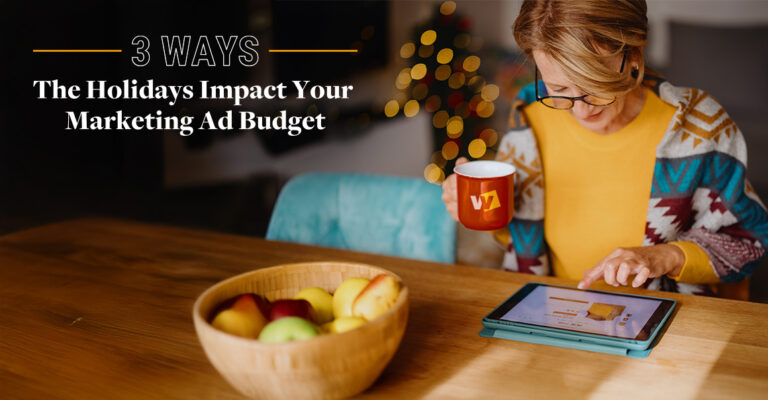
This has become one of the most common questions our agency has answered over the years. So, we wrote this article to explain the differences in organic social post and paid ads on social platforms.
First, a little back-story. In the first few years of Facebook, if you followed a page or were friends with someone, the chances were pretty good that you would see their posts. As Facebook matured and more businesses began utilizing the platform to generate business, Facebook created a distinction between personal pages and business pages. A Facebook Business page represents a business or brand and showcases the services it provides. A personal page represents a singular social media user and is used to share updates about the user’s personal life and to connect with friends and family. With this distinction, there also came changes to Facebook’s algorithm.
Facebook also introduced the business ads platform and shifted the focus away from organic opportunities for businesses in favor of paid advertising.
As a result, Facebook updated its Algorithm starting in 2017, which reduced the organic reach of a post that you make on your business page to around 6% of your followers. For example, if your business page had 500 followers and you made a post (5% – 6%), around 30 people would see your post organically.
What does this mean for businesses?
Diminishing organic reach on Facebook forced business owners to consider opportunities for getting in front of potential customers on the platform. With the introduction of the business ads manager, Facebook offered businesses the ability to target specific audiences with ads and content. Business owners were forced to consider the value of the time and effort required to generate organic content compared to the cost/value of running ads.
The organic approach often operates at a more gradual pace when it comes to achieving business objectives. While it’s cost-free in theory, it demands a substantial investment of time, experimentation, and/or experience to yield positive results.
Organic Media: Building Sustainable Relationships
Organic media refers to the content you create and share on social media accounts. When you post organically, your content is shown to a limited percentage of your followers. This is because the platform’s algorithm determines what content is most relevant to users based on their interactions and preferences.
Benefits: Posting content keeps your followers engaged & up to date.
Best use cases: Announcing new products, services, sales, events, or special offers.
Not great for: Reaching new customers.
Organic activities remain a great way to build relationships and awareness with your existing followers. It has limitations for reaching new potential customers.
Paid Media: Amplifying Your Reach
Paid media involves running ads on social platforms like Facebook and Instagram to reach a broader audience beyond your organic reach. For example, with Meta Business Suite, you have the ability to target specific audiences based on demographics, psychographics, and more through Facebook and Instagram ads. With paid ads, you can increase your visibility outside of those who already follow your page, drive traffic to your website, generate leads, and increase conversions.
Benefits: Reach potential customers who don’t know about your business, driven by data, effectively reach your target audience.
Best use cases: Raising awareness & introducing new products or services.
Not great for: Establishing relationships with current followers.
Paid social media strategy is great for reaching new clients, it requires a bigger financial commitment, and it comes with its own specialized expertise to manage.
Finding the Perfect Balance: Paid & Organic Media
To achieve the most impactful social and digital marketing strategy, it’s important to strike the right balance between paid media and organic media. Creating a strategy to keep your existing followers up to date with updates and offers, as well as allocating resources to run paid ads to reach new clients, is the best way to balance the social presence for your business.
Ready to dive deeper into the differences between paid and organic media and understand how they can impact your business? We’re here for you! Contact us today! You can learn more about out digital marketing services here.



